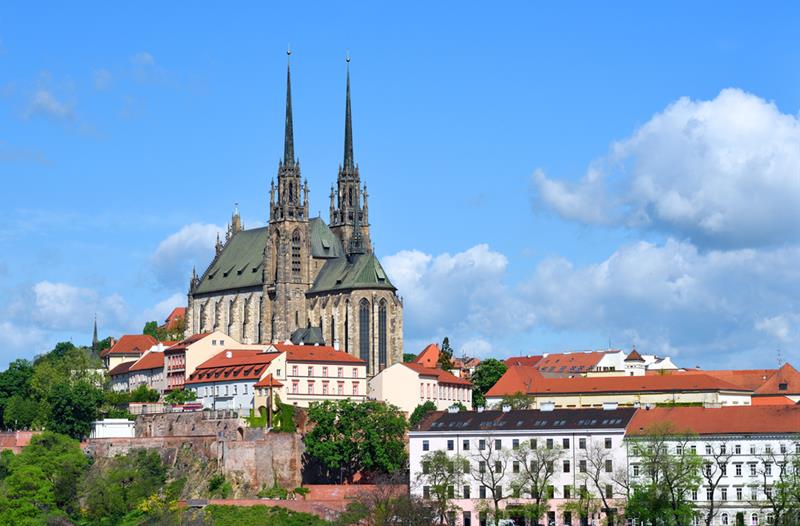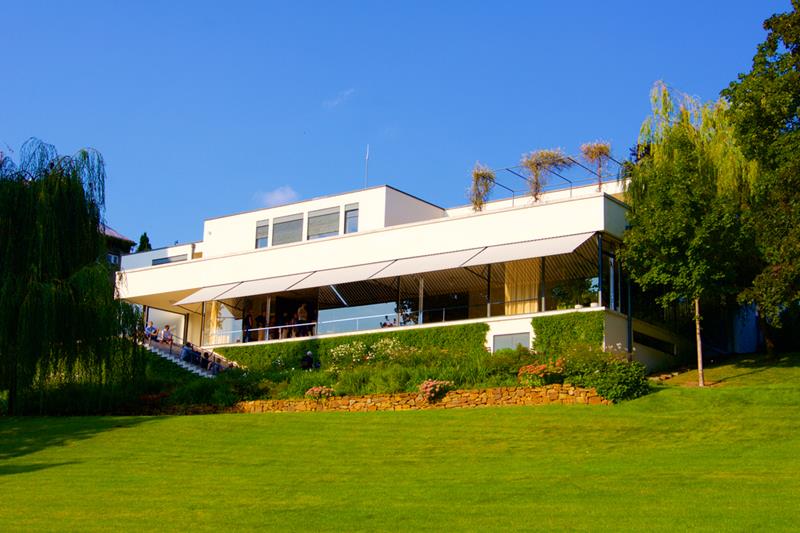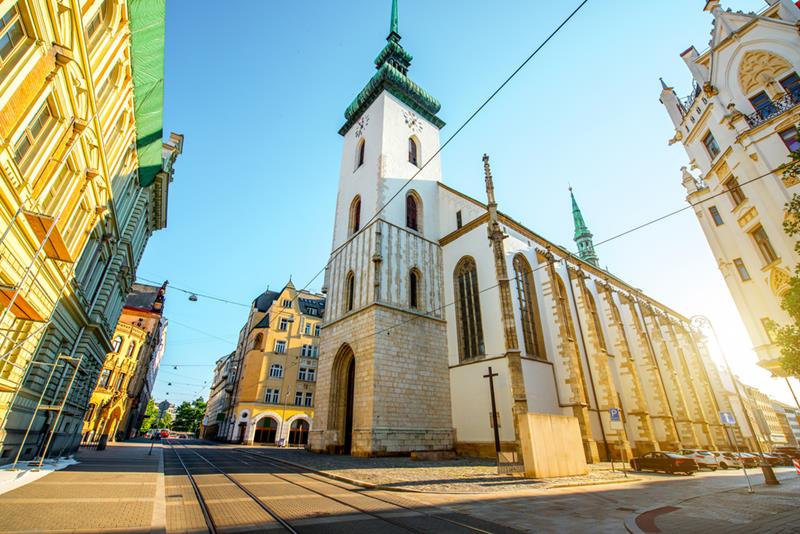Brno
South Moravia , Czech Republic
Attraction outside Prague
The capital city of Moravia region, birth place of the Czech famous composer Leoš Janáček
Brno is the second largest city in Czech Republic and is a gateway to the vineyards of Southern Moravia. The first inhabitants of Brno area date back to prehistoric times, however the area was settled around the 11th century.
Brno is the seat of the Supreme Court in the Czech Republic as well as great administrative and higher education centre. The city is pulsing with culture, art and is known for its very friendly atmosphere. Její Pastorkyňa (Jenůfa or also Her Stepdaughter), the famous opera by Leoš Janáček, was premiered in Brno in 1904.
Špilberk Castle
Špilberk Castle was built in the mid-13th century. Over the centuries it has been both a symbol of safety and protection as well as the oppression of citizens - first as a royal castle and later on a Baroque fortress; the most rigorous prison of the Austro-Hungarian empire, and finally, a barracks of the occupying army. Nowadays it is a national heritage monument hosting the City Museum.
St. Peter and Paul Cathedral
A Romanesque chapel stood on the current spot of the cathedral back in the 11th century. It was rebuilt into a Gothic basilica two centuries later. The church was badly damaged during the Swedish siege of the town in the 17th century. A century later, reconstruction took place and since then the building stayed largely unchanged, meaning the interior of the temple is distinctly Baroque, whereas the exterior is Gothic.
Náměstí Svobody (Freedom Square)
is the main square in the Brno city center where in the morning locals enjoy sipping their coffee in one of the cozy cafés and in the evening have a beer or Moravian wine in one (or more) of the many pubs. If you come during winter season, you might enjoy a festive and very warm spirit of Christmas market, try the mulled (warm) wine...
The Ossuary of St. James´s Church
was established in the 13th century and is located next to the St. James Church. It is the second largest ossuary in Europe. It was a place of burial of victims of plague and cholera, the Thirty Years' War and the Swedish siege and more than 50 000 people are buried there.
Villa Tugendhat
is the historical building located in the Černá Pole district. The villa was built by the famous German architect Maria Ludwig Michael Mies in 1929-1930 and commissioned by Greta and Fritz Tugendhat who came from the rich industrial families in Brno. This true gem of modern architecture has also been included in the UNESCO world heritage list. The villa broke from all period trends in all respects with its functionality, and its interior was way ahead of its time. The villa is opened for public nearly every day, however we recommend to reserve the tour there in advance.







